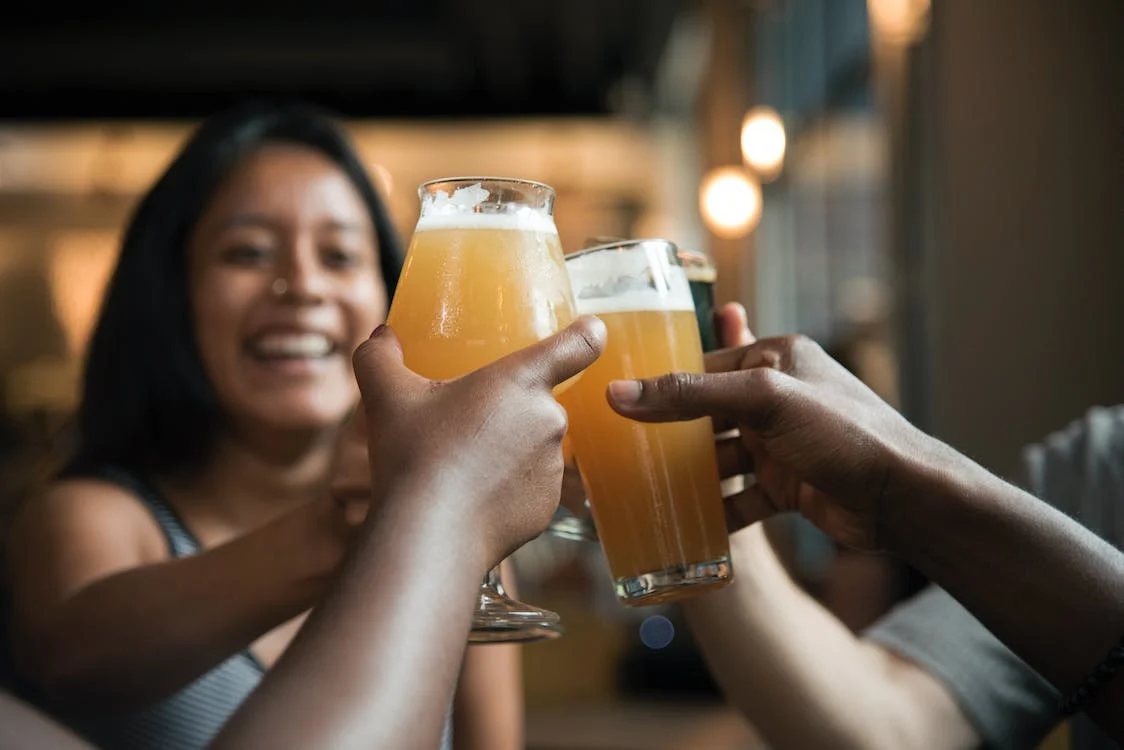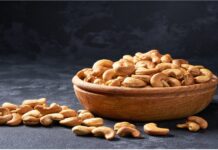It’s no secret that happy hour is a powerful marketing tool that can increase sales and attract customers. But if you want to realize your restaurant’s full profit potential, you’ve got to move beyond boring beer and wine discounts and offer customers something special.
The right specials, marketing, and upsell techniques can help your restaurant become a happy hour hotspot. Ready to level up? Keep reading for proven ways to craft happy hour specials that will bring the masses. But first…
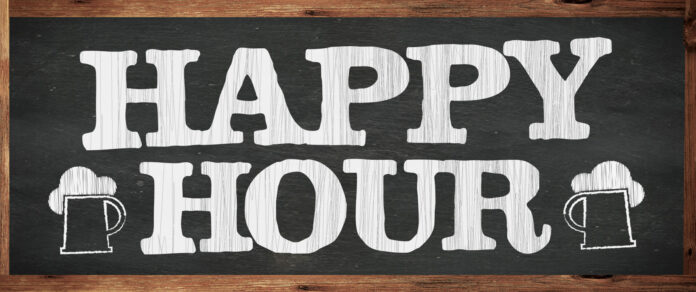
Happy Hour: A Few Basics
You probably know some of this, but it never hurts to review…
What is Happy Hour?
“Happy hour” is a marketing term that refers to a fixed time period during which menu items (most frequently alcoholic beverages and food items) are offered at a discount. Despite the name, it’s commonplace for happy hour to last for two hours or more. Often, happy hours coincide with the end of the typical workday; 4-6 p.m. or 5-7 p.m. are popular time zones.
Who Started Happy Hour?
Happy hour tends to be a busy time in restaurants, but this wasn’t always the case. Pre-dinner hours used to be very slow in restaurants; happy hour was originally designed to attract more customers during these traditionally low-profit times. The concept took off — now, it’s a time-honored tradition in many restaurants.
What Makes a Successful Happy Hour?
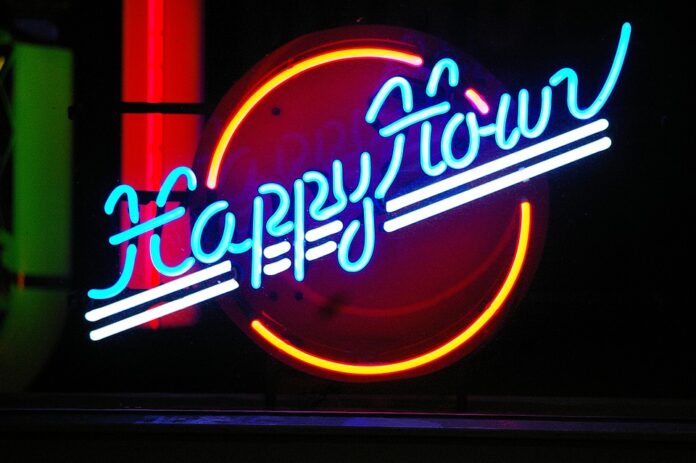
You know what happy hour is. You know why it’s a thing. But what makes a good one? Let’s consult an expert on the topic.
André Darlington knows a thing or two about profitable potables and snacks, having traveled the world exploring global cocktails and bar snacks for his wildly popular book, “Booze Cruise: A Tour of the World’s Essential Mixed Drinks.” (He also wrote and created cocktails for “Gotham City Cocktails: Official Handcrafted Food & Drinks From the World of Batman,” The Official John Wayne Cocktail Book,” and several other cocktail books.)
According to Darlington, it takes more than just cheap drinks to create a destination-worthy happy hour: “Establishments that feature unique items, smaller versions of well-known menu items, and shareable snacks, all rise to the top. Happy hour is ultimately social, and the difference between the start of a party and a snoozefest is decided by the attitude of the staff. Restaurants are people, and when building a happy hour crowd that fact becomes even clearer.”
So how can restaurants cater to customers with unique happy hour specials? Here are some suggestions:
Menu Discounts
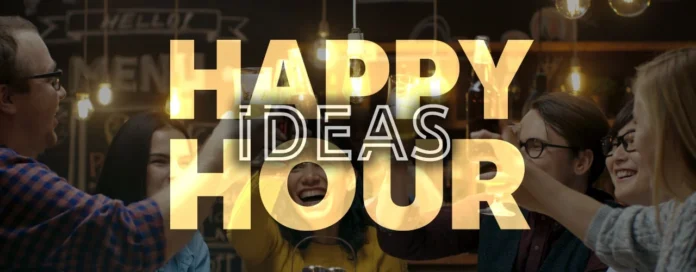
Discounts may not be the sole secret to happy hour success, but they’re a big part of it. Low prices are a huge draw for thirsty customers. Cheap food and drinks can bring people through the door and encourage people to order multiple rounds.
But it’s crucial to let customers know what your specials are. For example, many restaurants print a dedicated happy hour menu that indicates exactly what’s on offer at discounted prices during happy hour. Don’t know where to begin designing a new menu? Menu template design services like MustHaveMenus make it easy with hundreds of free menu templates you can customize and print.
Mini Menu Offerings
One of the biggest draws of happy hour is that it makes restaurants more accessible to a wider audience. While cheap drinks may be the draw, it’s also an opportunity to show off your chops in the kitchen. By giving customers a small taste of your menu on a happy hour scale, you can plant the seed for future full-service diners.
For example, if your regular dinner-sized taco plate includes three tacos, consider adding a happy hour version where customers can order single tacos without sides for a discount. Alternatively, if you’re known for your burgers, you may offer a smaller slider version during happy hour.
Disappearing Specials
On the flip side, sometimes offering food and drink specials that are ONLY offered during happy hour can drive demand. When customers know that they can only score certain specials during happy hour, it can become a selling point.
For example, Philadelphia’s Sampan normally features high-end Asian fusion cuisine. But during happy hour, the offerings are a little bit more fun, including kobe hot dogs and sliders, tofu tacos, and more. These small bites are delicious, but they’re only available during happy hour, which makes it destination-worthy.
Changing Specials
The same happy hour specials every single time can get stale. Give customers a reason to keep coming back by changing up your happy hour menu every now and again. For example:
- Feature a different special every day of the week: for example, you might offer half-price wine on Monday, discounted beer and Mexican fare on Taco Tuesday, and so on.
- Seasonal specials: The same mojitos and tiki drinks that sell like wildfire in the summer might not hit the same way during the winter. You may consider coinciding specials with the seasons: pumpkin spice martinis during the fall, hot toddies during the winter, and so on.
When your specials are ever-changing, you give customers a reason to keep coming back — and give them the chance to sample more of what you have to offer.
If you’re looking for ways to vary up which specials you’re showcasing, tabletop inserts can be a great way to showcase specials during happy hour but then swapped out once the dinner rush begins.
Suggested Pairings
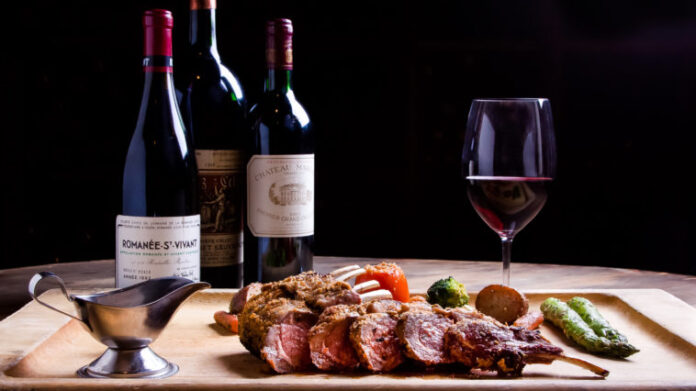
Going out for happy hour is a social adventure for customers. You can augment the experience (and potentially increase customer tabs) by suggesting food and drink pairings.
Suggested pairings could be as simple as suggesting a food pairing under each drink on your happy hour menu. For example, you might suggest a cheese plate with one of your wine offerings, or loaded tater tots with one of your craft beer selections.
Small touches like suggested pairings can help enhance the overall experience and establish your restaurant as a flavor-forward culinary destination. Plus, it’s a whole lot more fun than a stand-alone well drink special.
Unexpected Happy Hours
Most happy hours take place Monday through Friday in the late afternoon. However, many restaurants have found success by getting creative with happy hour times that customers can’t find anywhere else.
Some restaurants offer what’s called a “reverse happy hour.” Instead of or in addition to an after-work happy hour, they offer specials as dinner service is winding down. For example, in Las Vegas, El Dorado Cantina offers its first happy hour early in the day, then offers a second happy hour starting at midnight.
Other restaurants try to maximize daytime traffic with extended happy hours — for example, The Chelsea Bell in New York City offers happy hours from 12 p.m. to 7 p.m.
Happy Hour Menu Bundles
Make it a deal! Menu bundles including several items for a discount price can be an effective way to attract groups to your happy hour.
For instance, a happy hour bundle might include a discounted pitcher of beer and an order of nachos that’s ideal for sharing. Or, it might include two glasses of wine and a cheese plate.
Menu bundles make your restaurant’s happy hour more group-friendly, which can bring more people through the door. Plus, clearly marked menu bundles on your happy hour menu can encourage people to order just a little bit more than they might otherwise, which could increase sales. If you check out the Happy Hour menu templates at MustHaveMenus, you can find several templates with the bundles clearly marked.
Come On, Get Happy!
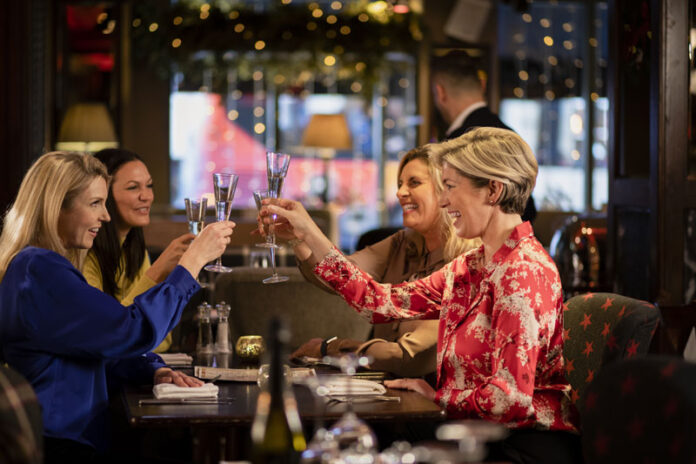
Happy hour isn’t just about cheap drinks — it’s about building relationships with customers by giving them an affordable and fun experience. By implementing the tips in this post, you’ll be well on your way to creating a happy hour that keeps customers coming back for more!
Which happy hour special are you most excited to try?
